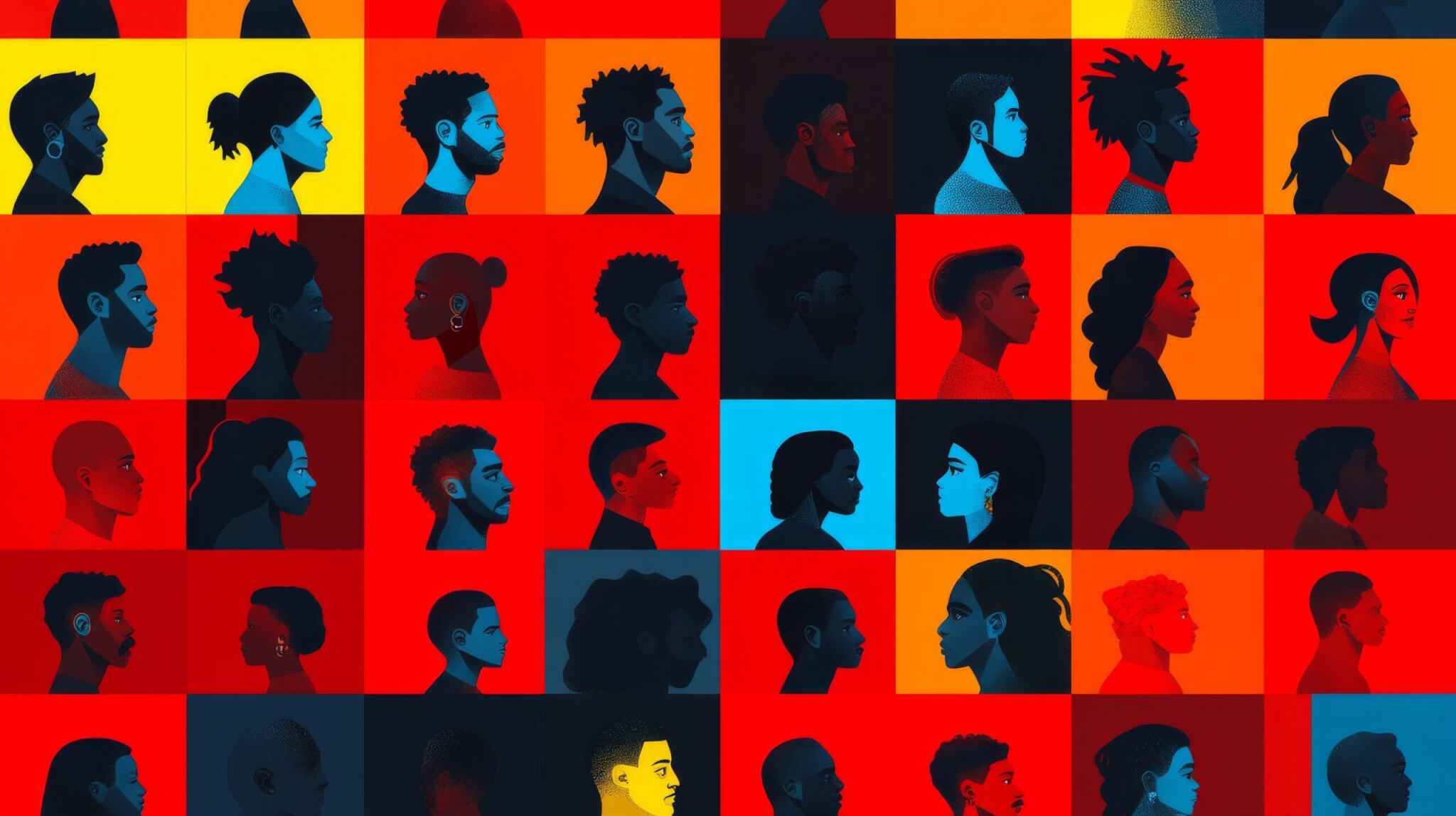
In today’s digital landscape, social media influencers have become a key component in driving brand awareness and building consumer trust. Influencers act as brand ambassadors, allowing companies to tap into their established audience bases and build connections that feel more authentic and personalized than traditional advertising methods. For PR agencies like Tilson PR, identifying the right influencers is crucial to ensuring successful brand activation campaigns. In this guide, we’ll walk you through how to choose the right social media influencers for your brand, and the key factors to consider maximizing your return on investment.
Why Social Media Influencers Matter
Social media influencers offer unique access to a dedicated and engaged following. Unlike traditional marketing, influencers have established trust with their audience, making their endorsements more credible. For example, followers often see influencer recommendations as organic, friendly advice rather than an intrusive advertisement. The ability to reach niche audiences with tailored messaging through social media influencer marketing can significantly enhance brand reputation, build community trust, and drive conversions.
However, not all influencers are a good match for your brand. Picking the right influencer ensures that your messaging reaches the right audience and aligns with your brand’s identity. Here are the essential steps to finding the perfect influencers for your brand.
1. Define Your Campaign Goals
Before diving into the world of influencer marketing, it’s essential to identify the purpose of your campaign. Are you looking to raise brand awareness, drive sales, increase engagement, or enter a new market segment? Different goals may require different types of influencers. For instance:
- Brand Awareness: Collaborate with macro or mega influencers who have large follower bases.
- Sales and Conversions: Partner with micro or niche influencers whose smaller but engaged following is likely to take action.
- Engagement: Work with influencers who actively engage with their followers through comments, polls, and live sessions.
Clearly defining your goals helps narrow your search for influencers and allows you to measure the effectiveness of your campaign more accurately.
2. Understand Your Target Audience

To find the right influencer, you first need to understand your own audience. What are their interests, demographics, and behaviors? Your chosen influencers should have a follower base that closely matches your target market. Look at:
- Age: Are they reaching the same age group that your brand targets?
- Location: Does their audience overlap with your geographic focus?
- Interests: Do their followers share interests relevant to your products?
By aligning the influencer’s audience with your target demographic, you ensure that your message resonates and achieves the desired impact.
3. Consider the Types of Influencers
Influencers come in various sizes, and each type offers different benefits. The key types include:
- Nano Influencers (1K-10K followers): These influencers have smaller followings but tend to have highly engaged and loyal audiences. They work well for hyper-targeted campaigns with specific local or niche communities.
- Micro Influencers (10K-50K followers): Micro influencers are known for their high engagement rates. They are effective for promoting brands on a budget, offering great ROI for smaller businesses.
- Macro Influencers (50K-1M followers): These influencers provide broader reach and visibility. They work best for national campaigns or when trying to build awareness across multiple demographics.
- Mega Influencers/Celebrities (1M+ followers): These are the biggest players in influencer marketing. While they have massive reach, engagement rates may be lower, and costs can be significantly higher.
Your choice should depend on your campaign goals and budget, as well as the type of content the influencer typically creates.
4. Evaluate Engagement Over Follower Count
A common mistake is to prioritize follower count over engagement. An influencer with a large following may not necessarily have an engaged audience. It’s more important to assess how their followers interact with their content. Look at:
- Comments: Are the comments meaningful or just generic responses?
- Likes and Shares: A higher like-to-follower ratio often indicates a more engaged audience.
- Audience Interaction: Do they respond to questions and comments from their followers?
Tools such as HypeAuditor, Traackr, or Influencity can help analyze influencer engagement and audience quality to ensure you’re not collaborating with someone who has inflated follower numbers.
5. Check for Authenticity and Brand Alignment
Influencers need to genuinely align with your brand’s values and image. When selecting an influencer, take the time to review their past content:
- Authenticity: Do their posts feel authentic, or are they overly promotional?
- Content Style: Does their content style (video, photo, written) match your brand’s voice and tone?
- Previous Collaborations: Review their past brand partnerships. Have they worked with your competitors, or have they endorsed products that might conflict with your brand’s messaging?
A good influencer relationship is built on authenticity and mutual trust. Choosing influencers who naturally resonate with your brand ensures your audience perceives the collaboration as organic.
6. Look for Long-Term Partnerships

While one-off collaborations can be effective for short campaigns, developing long-term relationships with influencers creates deeper connections with their audience. Audiences trust influencers more when they see them regularly interacting with and endorsing the same brand, as it implies the influencer is genuinely invested in the product. Long-term partnerships also allow influencers to provide more in-depth, authentic reviews and creative content for your brand.
7. Assess Influencers’ Platforms
Different social media platforms attract different types of users and content. It’s important to choose influencers who are active on the platforms where your target audience is most engaged. For example:
- Instagram: Great for visual storytelling and product demonstrations.
- YouTube: Ideal for longer-form content, tutorials, and in-depth reviews.
- TikTok: Best for short-form, viral content that resonates with Gen Z and younger audiences.
- Twitter: Effective for quick, real-time updates and thought leadership.
The platform your influencer specializes in will dictate how your brand is presented and what type of content will work best.
8. Establish Clear Expectations and Agreements
Once you’ve chosen the right influencers, it’s important to establish clear expectations for the campaign. Some key considerations include:
- Content Guidelines: Provide direction on brand messaging, tone, and any legal requirements (e.g., disclosing sponsored content).
- Campaign Deliverables: Specify the number of posts, stories, or videos expected, and the deadlines for each.
- Compensation: Whether through monetary payment, free products, or commissions, ensure that all terms are agreed upon upfront.
- KPIs and Reporting: Track the success of the campaign with key performance indicators (KPIs) such as engagement rate, reach, and conversion rate. Make sure the influencer provides regular updates and metrics.
Finding the right social media influencers for your brand is both an art and a science. By taking a strategic, data-driven approach to influencer selection, PR agencies like ours ensure that brands can engage their target audiences in authentic and impactful ways. With a well-chosen influencer, you’ll not only enhance your brand visibility but also build trust and drive long-term consumer loyalty.
If you are an influencer looking to connect and collaborate with brands, get in touch with us here!